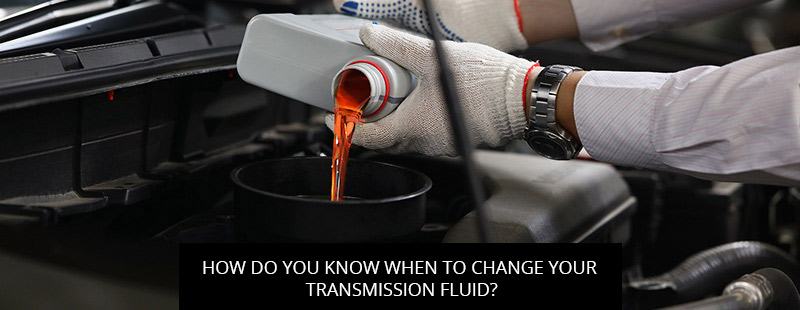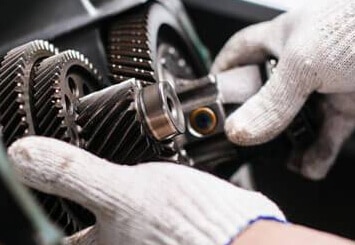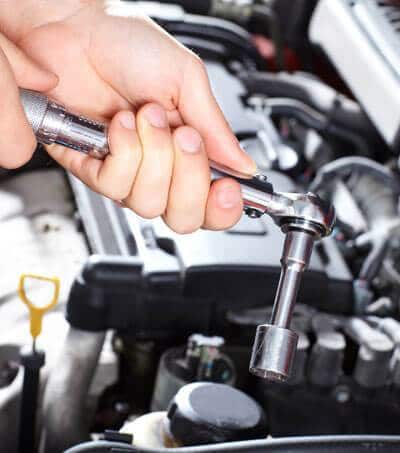



Discover how often your vehicle needs a transmission fluid change, what factors affect the fluid change interval, and how to change your transmission fluid.
There are many transmission problems that an inadequate quantity or quality of transmission fluid can cause, or at least exacerbate. Insufficient levels or quality of transmission fluid can accelerate the wear and damage to components within your transmission. Changing it regularly can increase transmission longevity and save you money.
There’s no one rule that governs all transmission fluid changes for all transmission models. It depends on what you drive, how you drive, and where you drive. Most recommendations fall between 50,000 and 100,000 km. The 100,000 km mark really is the limit of the acceptable range, though. The Automatic Transmission Rebuilders Association recommends a fluid change every 50,000 km or every two years.
For manual transmissions, the general recommendation is about every 50,000 to 90,000 km. While some manual transmissions use automatic transmission fluid, others use motor oil, heavyweight hypoid gear oil, or transmission oil. Your vehicle owner’s manual should mention which is best for your transmission.
Before you change your transmission fluid, it’s best to first let your car idle for a few minutes. After turning your ignition off, raise your vehicle with a jack. Put down an eight-litre catch pan (or larger) and then carefully remove the bolts from one side of the transmission pan. This allows the pan to tilt and drain. Then you can remove the remaining bolts, lower the pan, and dump the leftover fluid into the catch pan.
It’s important to remove the old transmission filter and O-ring, as well. The filter contains fluid, so make sure to keep the drain pan underneath. Install the new transmission filter and check that the O-ring is in the right place. Then you can attach the new gasket to the pan with oil-soluble grease; don’t use gasket sealer or adhesive.
Screw in all the fasteners and torque the pan bolts to specifications in a spiral pattern starting at the centre. Then you can lower your vehicle and fill the transmission with the recommended amount of fluid. Last, turn your engine on to check for leaks. And if that sounds too complicated or too labour-intensive for you, just come to Mister Transmission and we can do it for you.
No matter what transmission problem you’re experiencing, we at Mister Transmission can handle it. Please get in touch with us today to schedule a transmission inspection, maintenance service, or repair.




The evolution of transmissions has made these machines and systems increasingly complex. When transmission repairs are required, determining the cause and cure for what ails can be tricky.
Read More
At Mister Transmission we have access to leading-edge diagnostic equipment, enabling us to offer you the fastest and most accurate findings about what’s going on inside your vehicle’s transmission.
Read More
Just as you have other parts of your car serviced, your transmission needs maintenance to ensure a long life and avoid transmission problems.
Read More